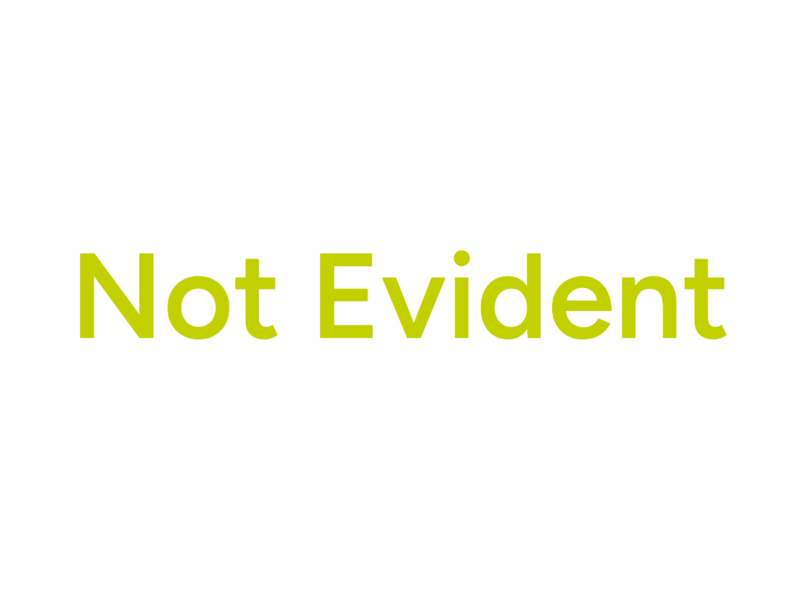Creativity Rubric
The ability to think, work, and respond in ways characterized by a high degree of originality, divergent thinking, and risk taking; the ability to combine or synthesize existing ideas, images, or expertise (or aspects of these) in ways that are original or that lead to unexpected results.
Description
Creativity is an approach that can be used in response to a project, a question, or a problem to be solved, across all disciplines and areas of study. Creative thinking is a learnable skill approached with an openness to many different possibilities, and requires audacity in thinking and execution. It begins with brainstorming, and then the best ideas are selected and improved through a cyclical process of reflection and revision. Creative work can draw upon personal experience, and often responds to or breaks with past traditions or contemporary practices. Good creative thinking happens in a context of intentional feedback and can be collaborative.
A traditional rubric PDF for Creativity can be found here
Audacity
Brainstorming
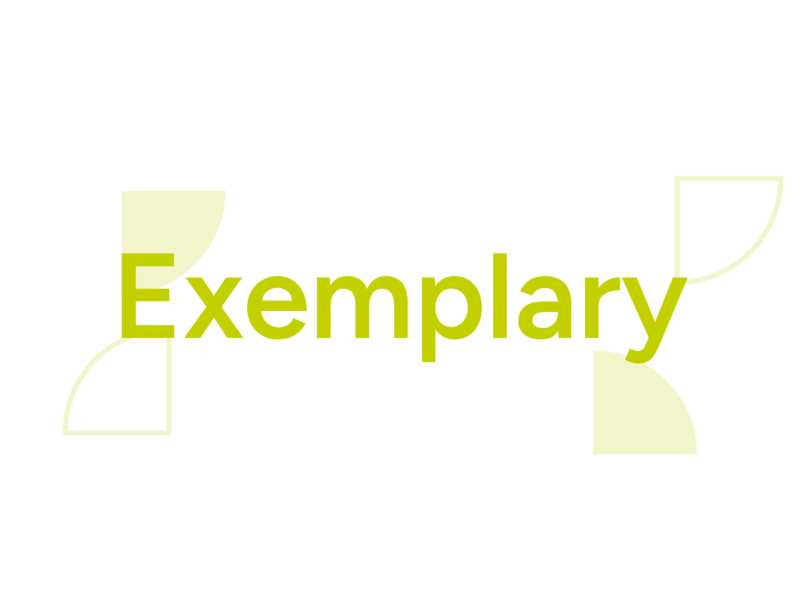
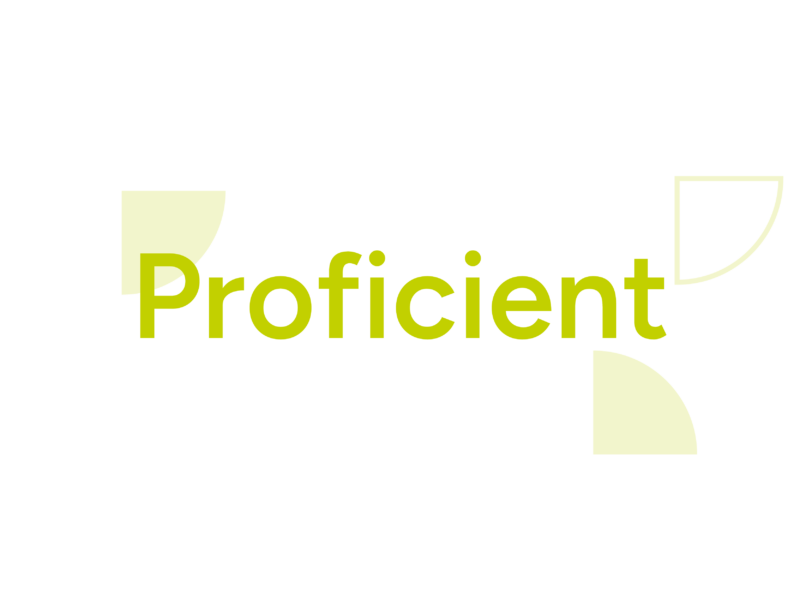
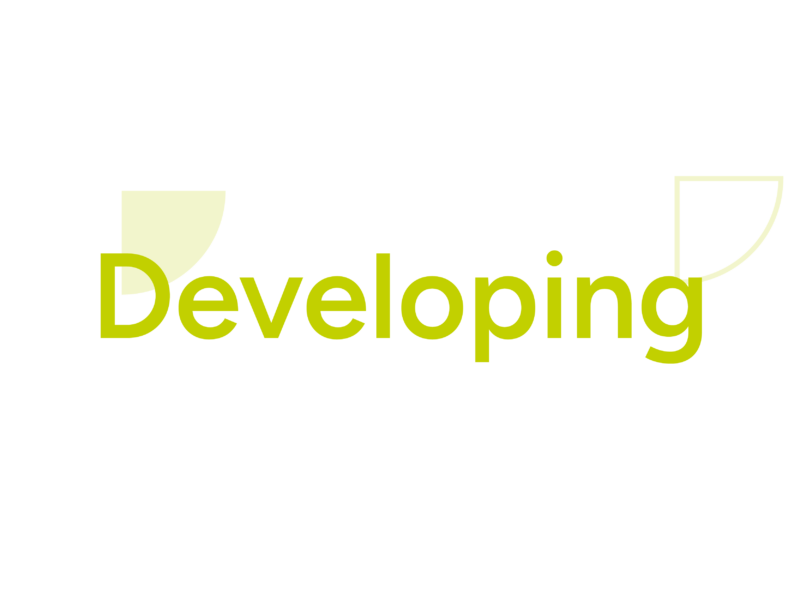
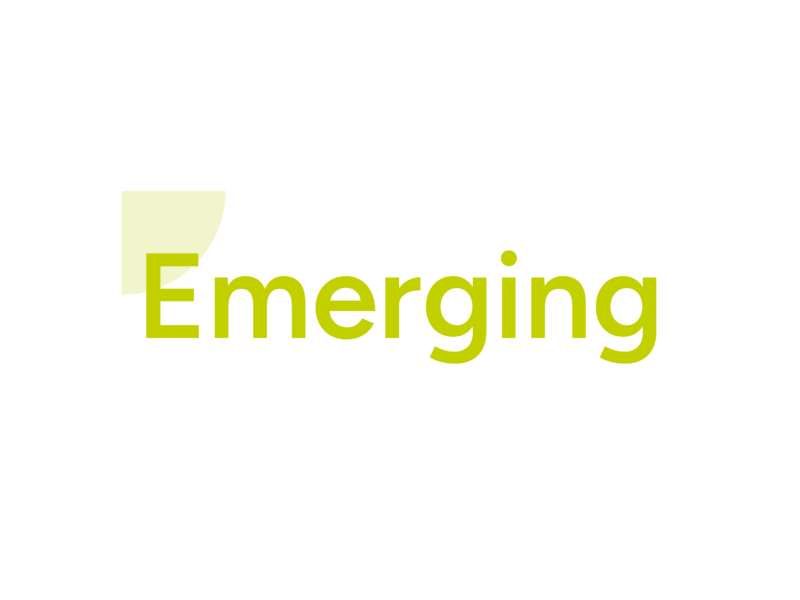
Iteration



Contextualization



Feedback


